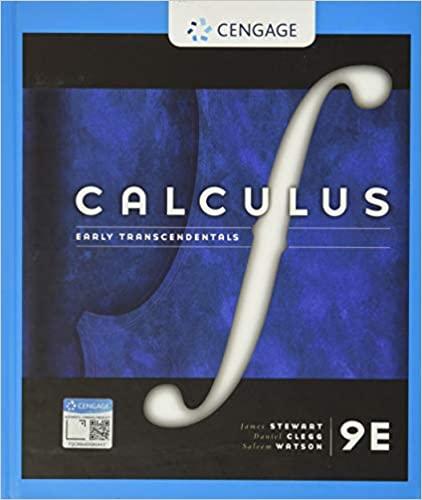Question
Example 1.2 As before, consider the investigation of a crime. A window has been broken during the commission of the crime. A PoI is found
Example 1.2 As before, consider the investigation of a crime. A window has been broken during the commission of the crime. A PoI is found with fragments of glass on their clothing, similar in refractive index to the broken window. Several fragments are taken for investigation and their refractive index measurements taken.Note that there is a difference here from Example 1.1, where it was assumed that the crime stain had come from the criminal and been transferred to the crime scene. In Example 1.2 glass is transferred from the crime scene to the criminal. Glass on the PoI need not have come from the scene of the crime; it may have come from elsewhere and by perfectly innocent means. This is an asymmetry associated with this kind of scenario. The evidence is known as transfer evidence, as discussed in Section 1.1, because evidence (e.g. blood or glass fragments) has been transferred from the criminal to the scene or vice versa. Transfer from the criminal to the scene has to be considered differently from evidence transferred from the scene to the criminal. A full discussion of this is given in Chapters 5 and 6 .Comparison in Example 1.2 has to be made between the two sets of fragments on the basis of their refractive index measurements. The evidential value of the outcome of this comparison has to be assessed. Notice that it is assumed that none of the fragments has any distinctive features and comparison is based only on the refractive index measurements.Methods for evaluating such evidence were discussed in many papers in the late 1970s and early 1980s Evett (1977, 1978), Evett and Lambert (1982, 1984, 1985), Grove (1981, 1984), Lindley (1977c), Seheult (1978), and Shafer (1982). These methods will be described as appropriate in Chapters 3 and 7. Knowledgebased computer systems have been developed. See Curran and Hicks (2009) and Curran (2009) for a review of practices in the forensic evaluation of glass and DNA evidence. As an aside, sophisticated systems have been developed to deal with DNA, notably DNA mixtures complexities (i.e. number of donors, peaks heights). Examples are presented and evaluated in Bright et al. (2016), Alladio et al. (2018), and Bleka et al. (2019).Evett (1977) gave an example of the sort of problem that may be considered and developed a procedure for evaluating the evidence that mimicked the interpretative thinking of the forensic scientist of the time. The case is an imaginary one. Five fragments from a suspect are to be compared with 10 fragments from a window broken at the scene of a crime. The values of the refractive index measurements are given in Table 1.2. The procedure developed by Evett is a twostage one. It is described here briefly. It is a rather arbitrary and hybrid procedure. While it follows the thinking of the forensic scientist, there are interpretative problems, which are described here, in attempting to provide due value to the evidence. An alternative approach that overcomes these problems is described in Chapter 7 .
Table 1.2 Refractive index measurements.Measurements from the window 1.518441.518481.518441.518501.518401.518481.518461.518461.518441.51848Measurements from the PoI 1.518481.518501.518481.518441.51846
The evaluation of forensic evidence starts with the description of the data.
Using the data in Table 1.2 from Statistics and the Evaluation of Evidence for Forensic Scientist, calculate the appropriate descriptive statistic (measures of center, spread, and shape).
Then, in a 250- to 500-word report, interpret the meaning.
Remember that you will have to determine if the data is from a sample or a population. Within the report, explain if knowing this impacted the calculation methods. Then, justify your rationale. Make sure to provide supporting evidence, details and/or examples to justify rationales.
Make sure to present all calculations and results with your interpretation. Calculations should be completed using MS Excel. In addition to the results in the report, make sure to submit the Excel file.
Step by Step Solution
There are 3 Steps involved in it
Step: 1

Get Instant Access to Expert-Tailored Solutions
See step-by-step solutions with expert insights and AI powered tools for academic success
Step: 2

Step: 3

Ace Your Homework with AI
Get the answers you need in no time with our AI-driven, step-by-step assistance
Get Started


